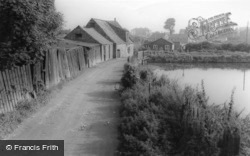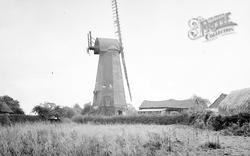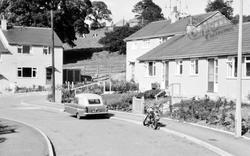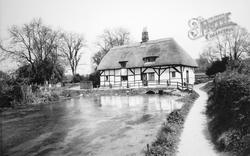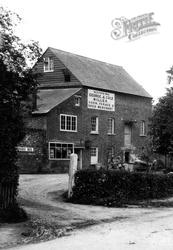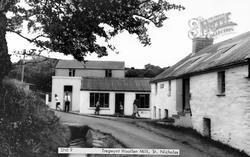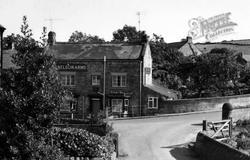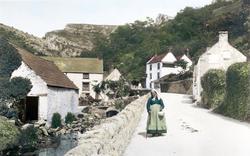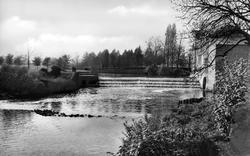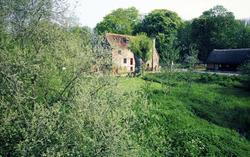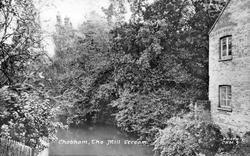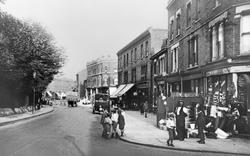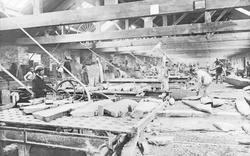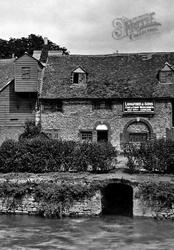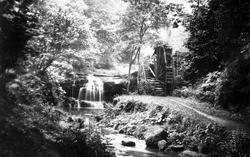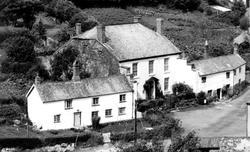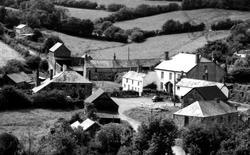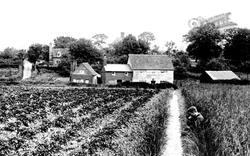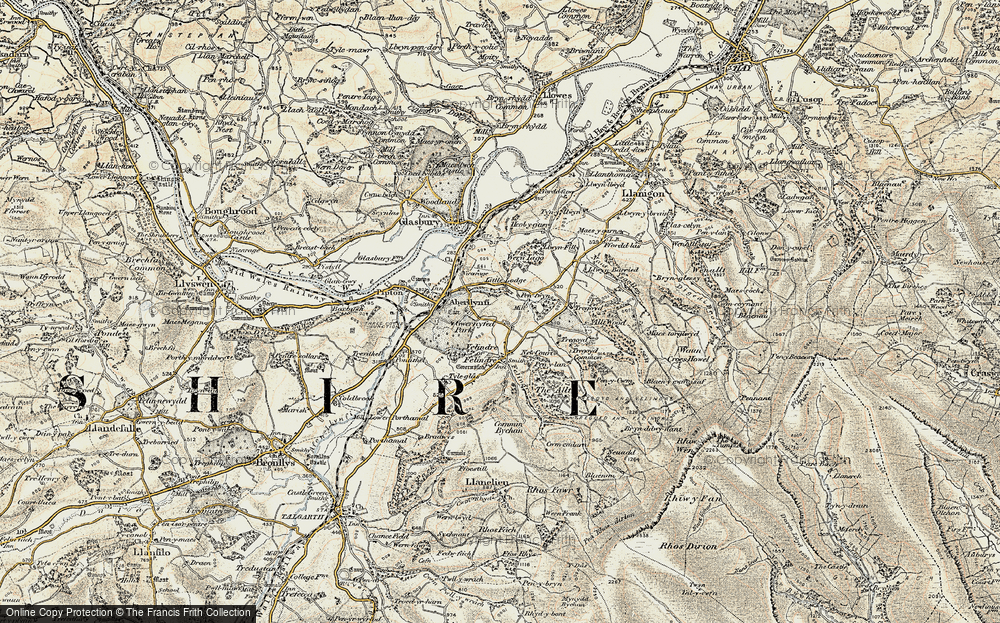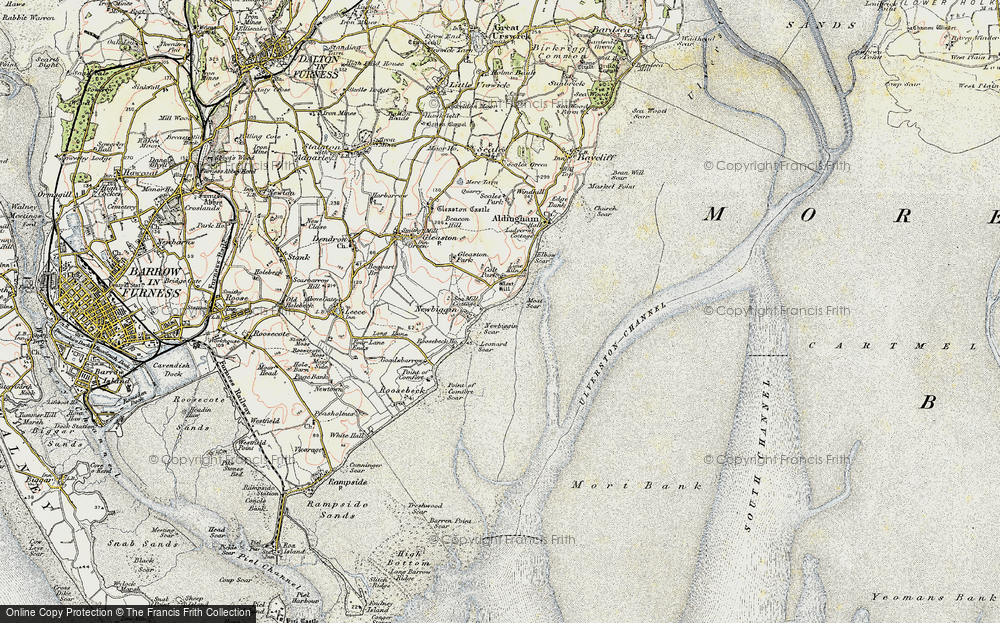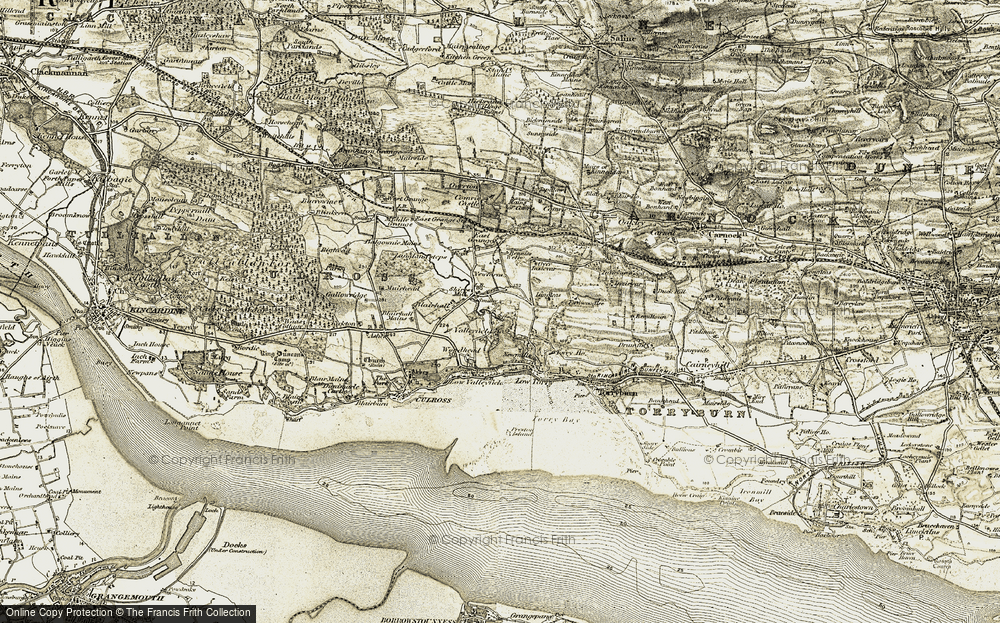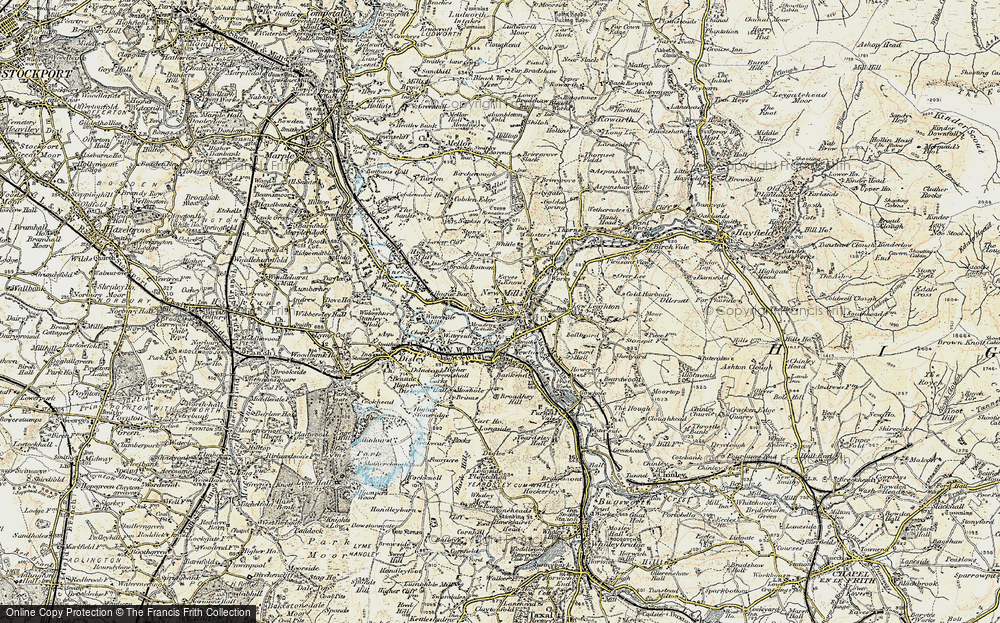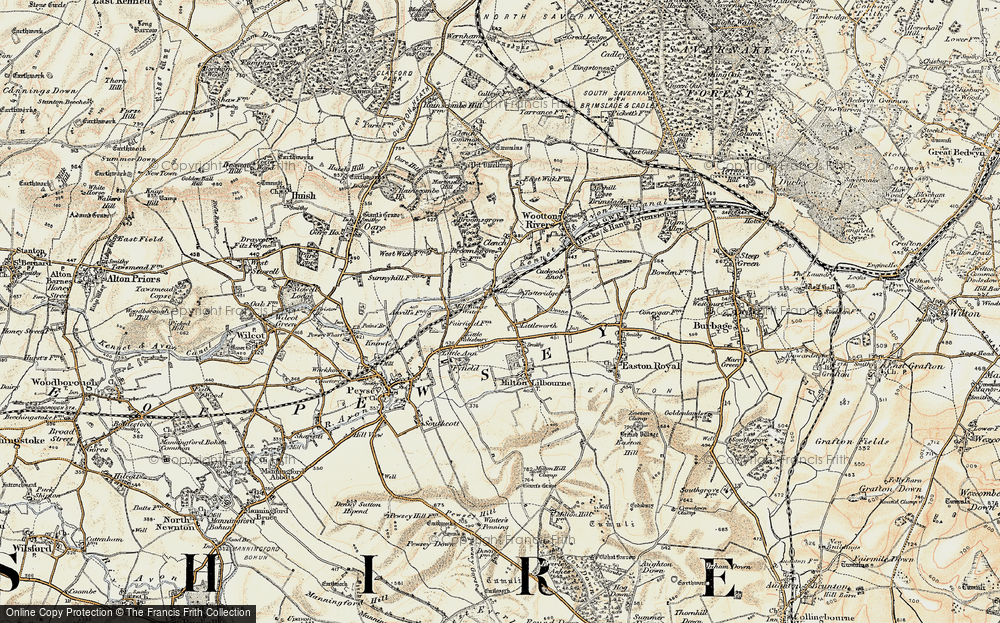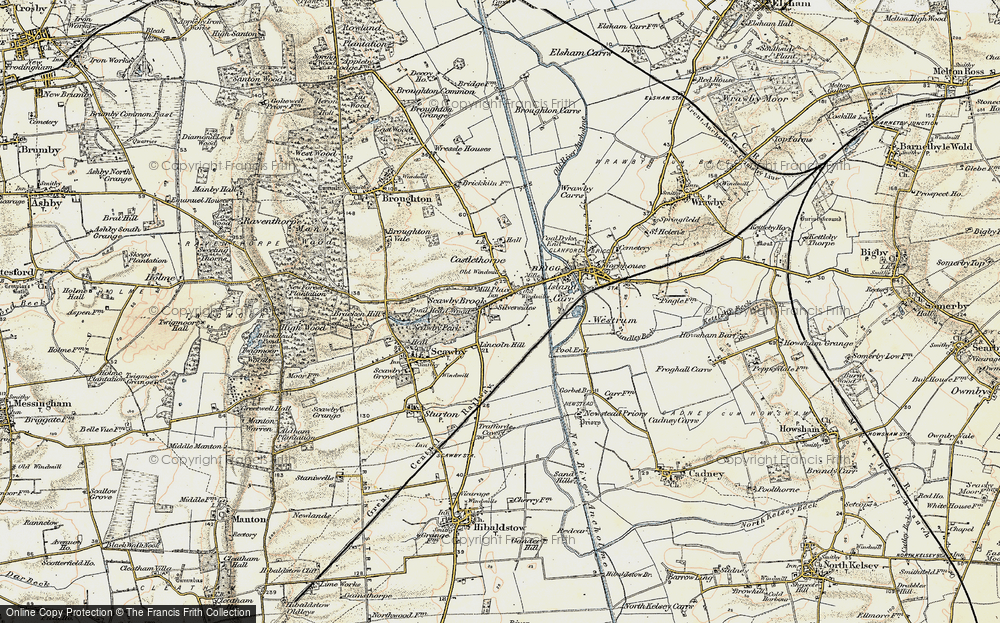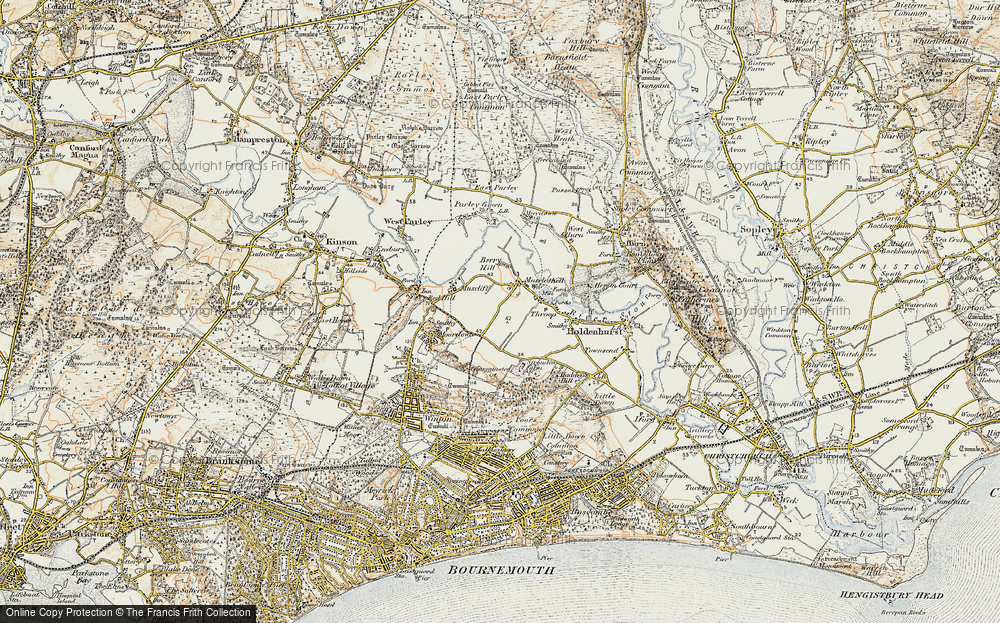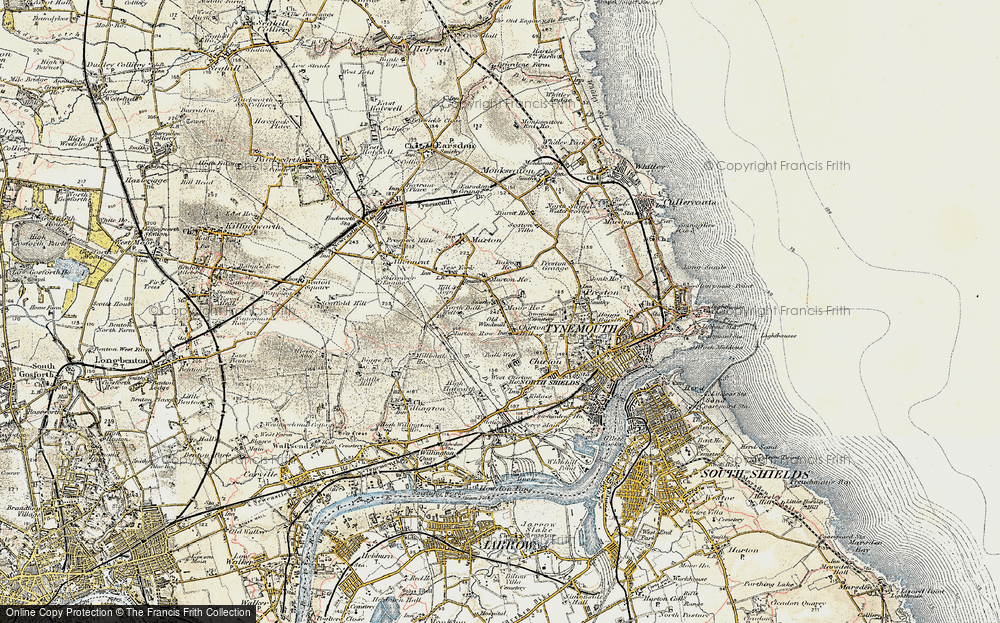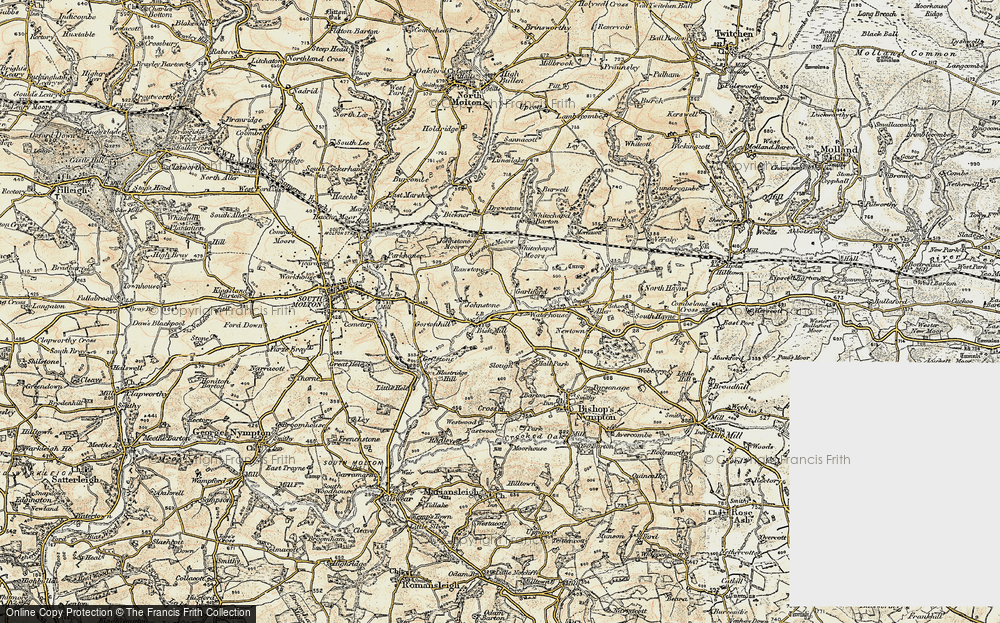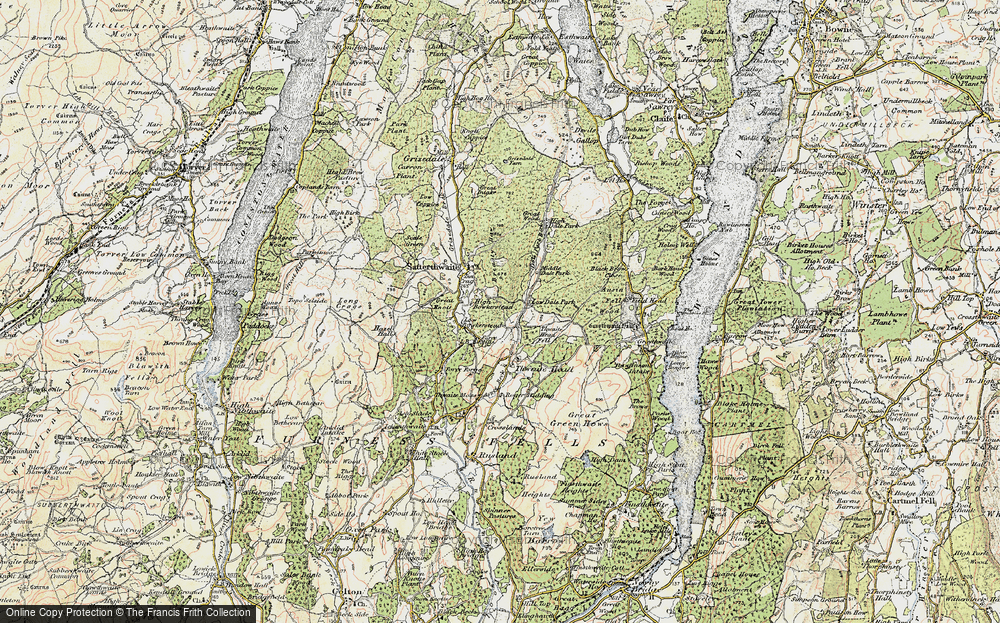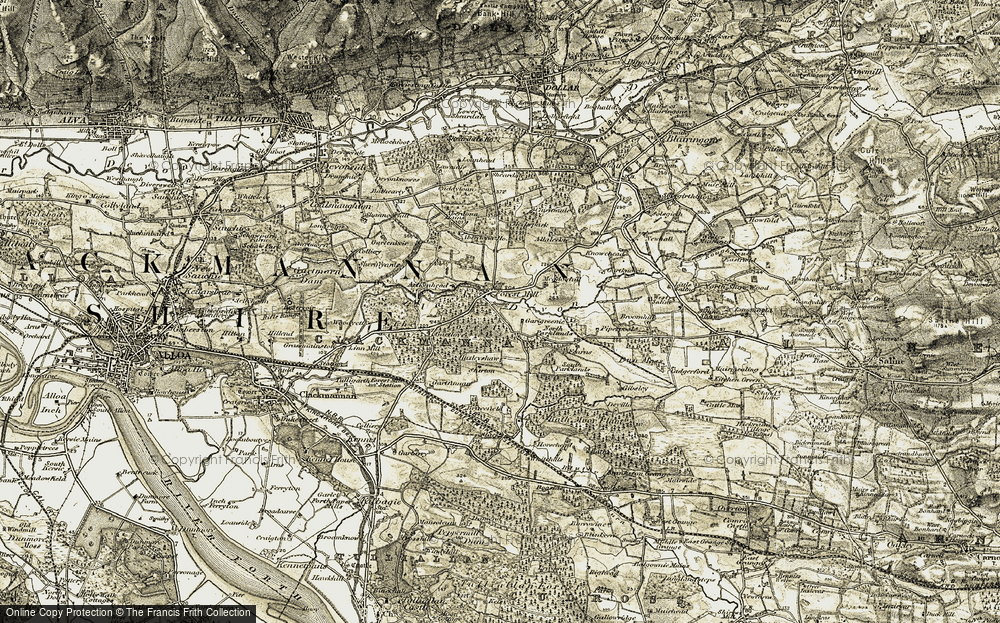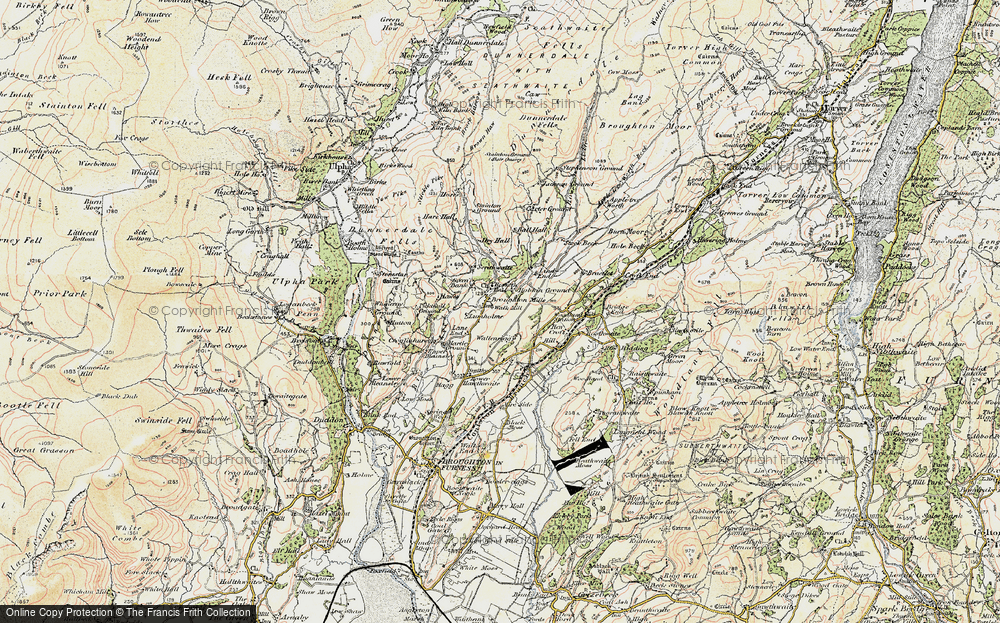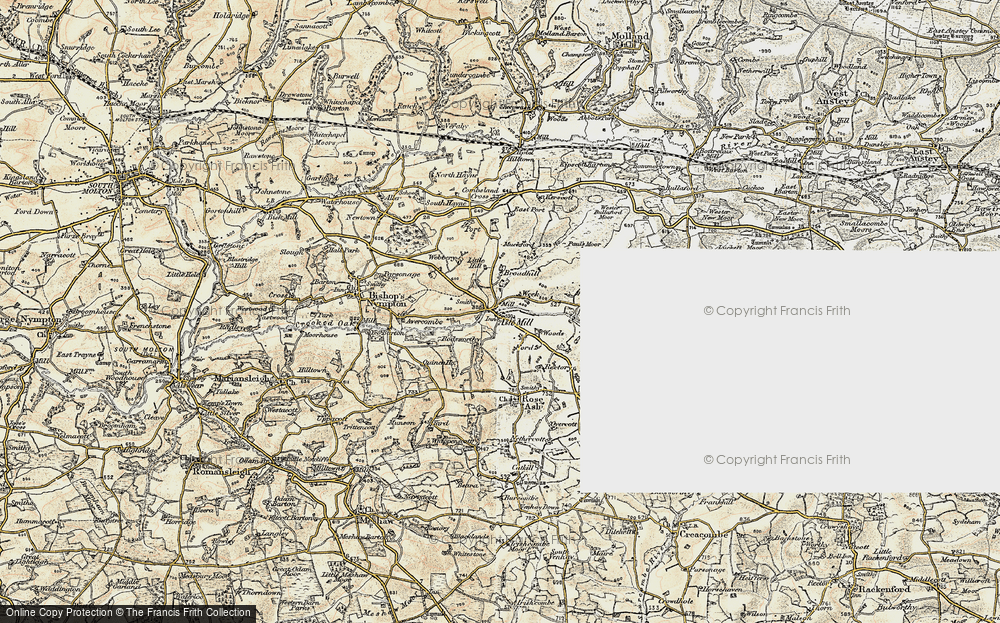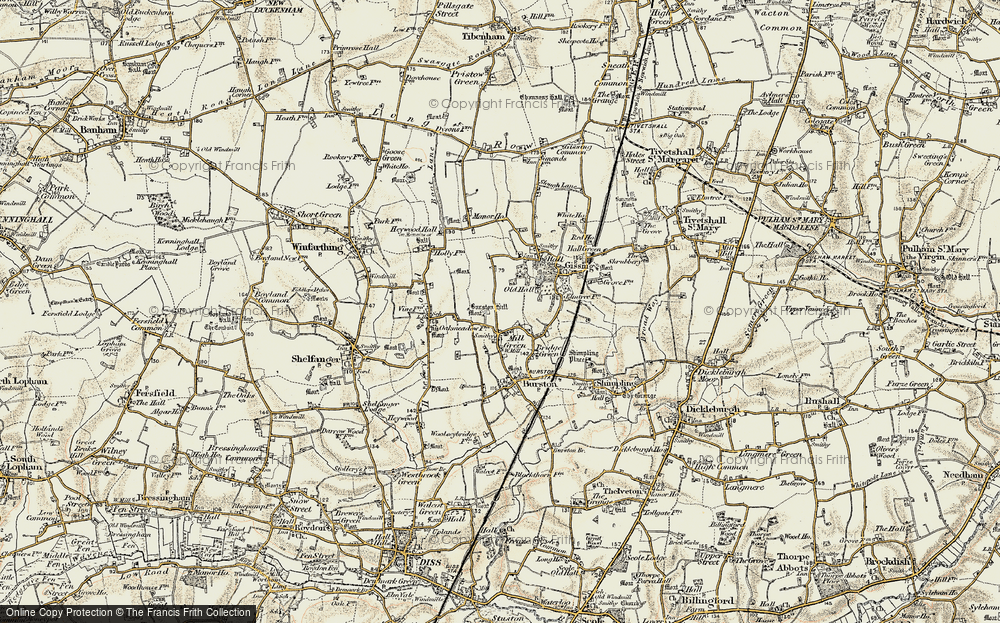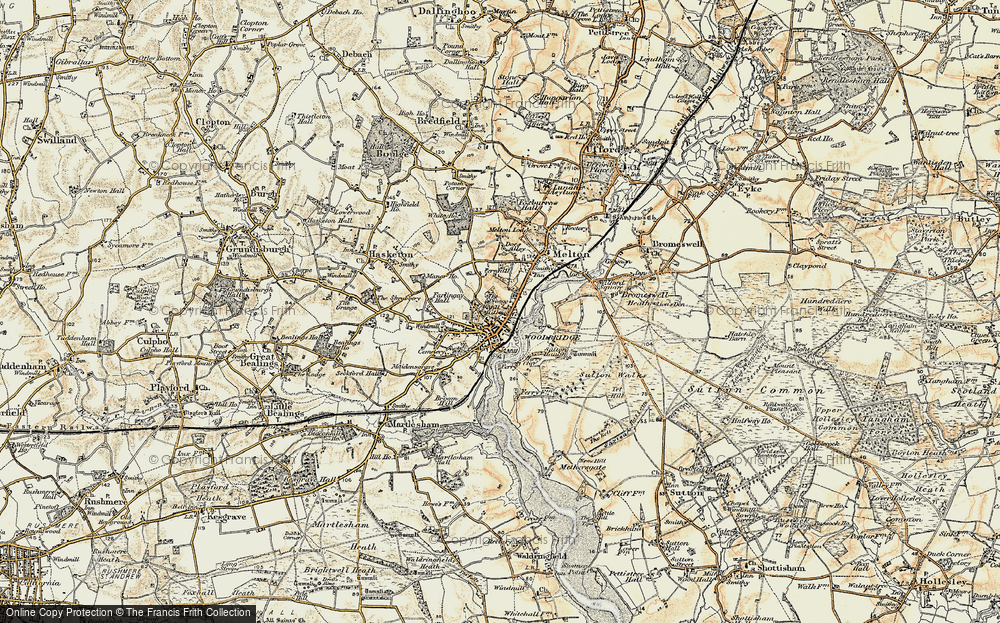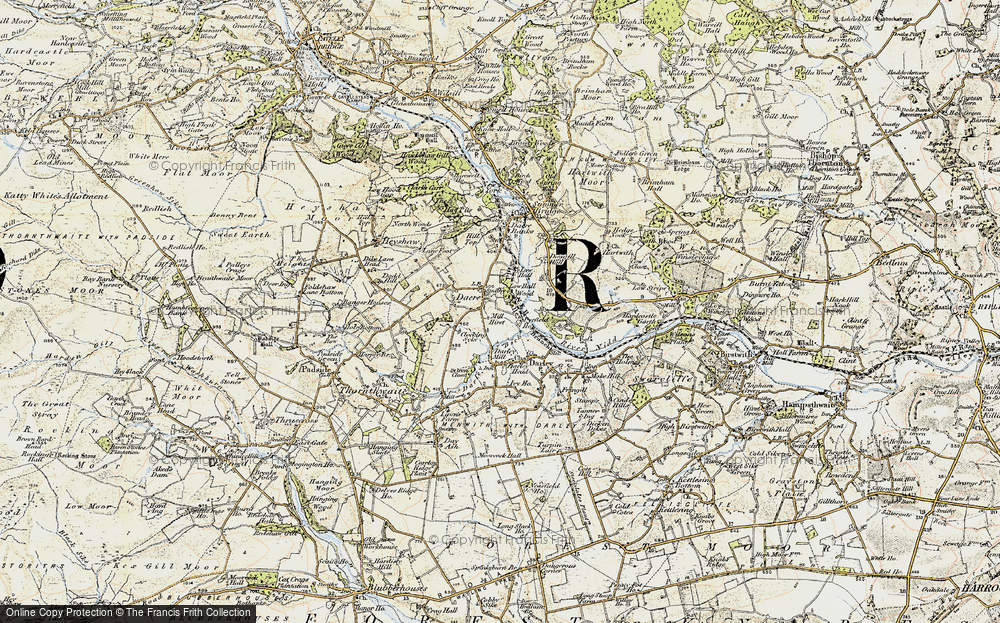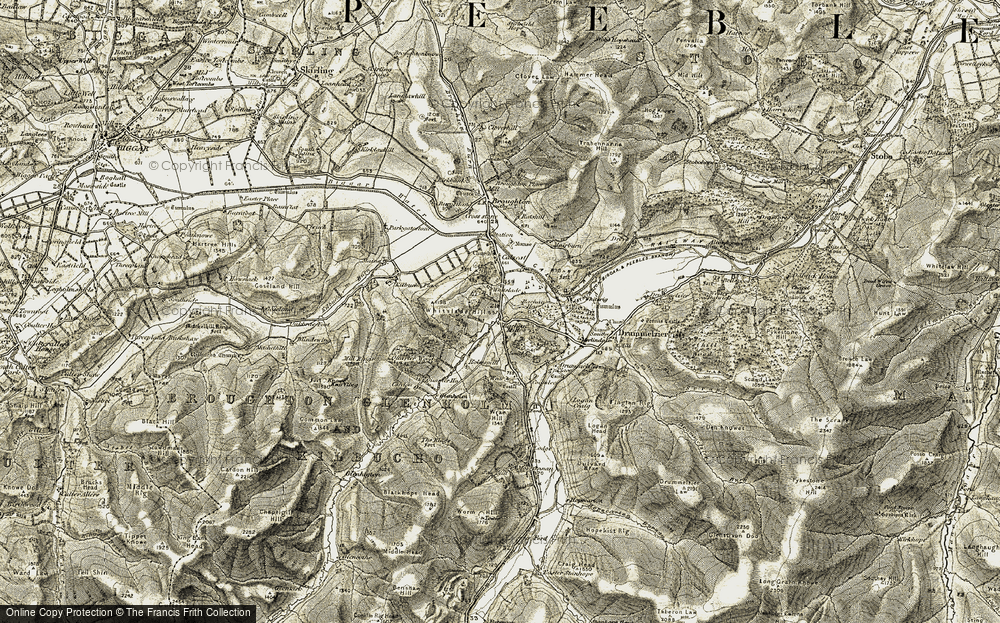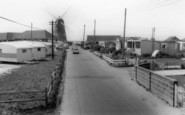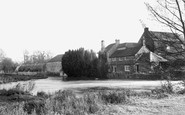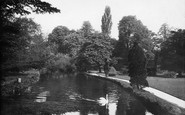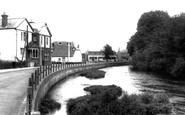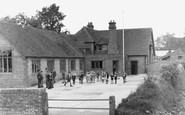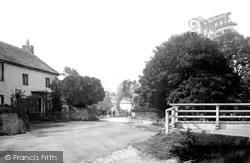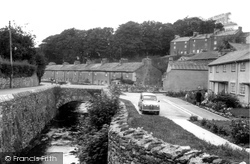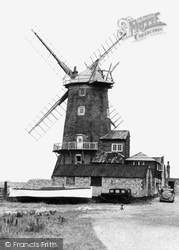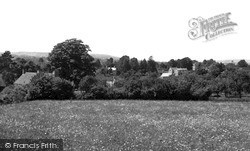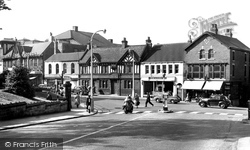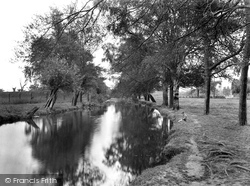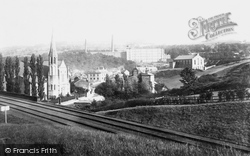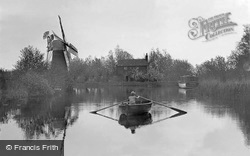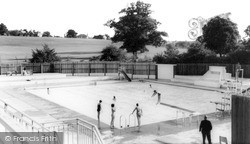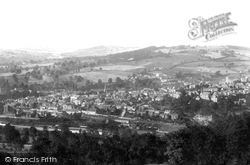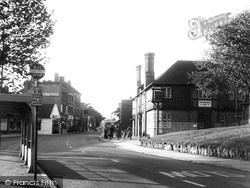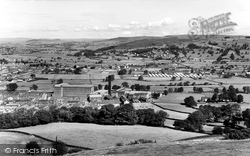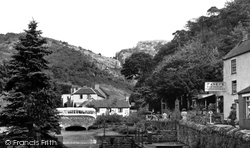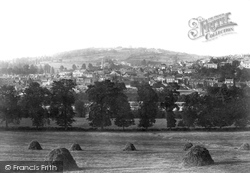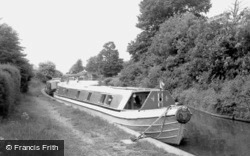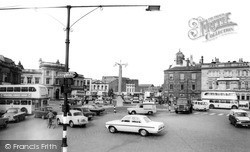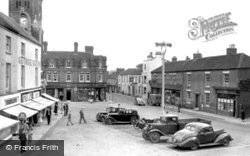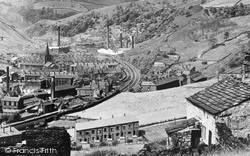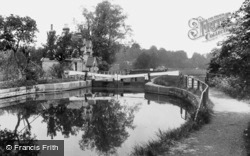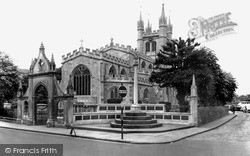Places
36 places found.
Those places high-lighted have photos. All locations may have maps, books and memories.
- New Mills, Derbyshire
- New Mills, Powys
- Clogh Mills, County Antrim
- Sion Mills, County Tyrone
- O'callaghan's Mills, Republic of Ireland
- Osmington Mills, Dorset
- Flatford Mill, Suffolk
- Mill Hill, Greater London
- Buck's Mills, Devon
- Pin Mill, Suffolk
- Heasley Mill, Devon
- Bardon Mill, Northumberland
- Rilla Mill, Cornwall
- Riding Mill, Northumberland
- New Mill, Hertfordshire
- Barton Mills, Suffolk
- Shaw Mills, Yorkshire
- Litton Mill, Derbyshire
- White Mill, Dyfed
- Middle Mill, Dyfed
- Yeo Mill, Devon
- Mills, Fife
- Millness, Cumbria
- Bish Mill, Devon
- Bache Mill, Shropshire
- Clay Mills, Staffordshire
- Kestle Mill, Cornwall
- Kirkby Mills, Yorkshire
- Lee Mill, Devon
- Rigg Mill, Yorkshire
- Roby Mill, Lancashire
- Nash Mills, Hertfordshire
- Pecking Mill, Somerset
- Mill Dam, Yorkshire
- Mill Hills, Suffolk
- Mill Lane, Hampshire
Photos
2,983 photos found. Showing results 521 to 540.
Maps
745 maps found.
Books
1 books found. Showing results 625 to 1.
Memories
1,715 memories found. Showing results 261 to 270.
Wrong Place
Again this is not White Horse caravan Park ......It is Mill Lane looking towards the Windmill.....
A memory of Selsey by
Growing Up In Gilnahirk
My family moved from Leeds, Yorks to Gilnahirk when I was 11 months old - my parents had a house built in Gilnahirk Walk and we moved in when I was two. I and my two sisters had an idyllic childhood, we had so many places ...Read more
A memory of Belfast in 1961 by
Greasborough Dam
I was born on Church St, Greasbrough, gran and granddad lived close by in a row of cottages alongside the top club now a car park? My father worked in the local pits and we moved several times. At age 10 we moved back to ...Read more
A memory of Greasbrough in 1963 by
Mill End Church
Around the time I was in Mill End Junior school up to the age of 11 (1948-1951?), the school was affiliated for some reason to the church, which sat by the sports field up the hill. As a small boy in shorts I was puzzled by ...Read more
A memory of Rickmansworth by
Living In Sonning Eye.
As my article states, I lived and grew up at Sonning Mill which means I lived in Sonning Eye a great area to grow with lots of friends.
A memory of Sonning in 1949 by
My Days At Ongar Secondary School And After
I attended Ongar Secondary School from 1945 to 1949. Some of the students I remember were Keith Mills (we were longtime friends, he passed away 2005), Len Shuttleworth, Hugh Brace, Brian Buttle, ...Read more
A memory of Chipping Ongar in 1949 by
Heytesbury The Mill
I was born at 119 Park Street, Heytesbury in 1942; this was/is the last cottage on the right-hand side of the old A36 as you leave the village travelling towards Knook. I believe No119 and the adjoining No118 have long since ...Read more
A memory of Heytesbury in 1955 by
The Dry Ponds
As a lad I can remember walking with `our gang` across from the High Street side of the ponds, under North Street bridge & walking out under the chain on the West Street end on the other side of the war memorial. We went there ...Read more
A memory of Carshalton in 1940 by
The Anchor Inn
I spent a lot of my social time at the Anchor. Does anyone recal when the dart boards were made of wood and the landlord would leave them to soak in the river opposite. It somehow seemed so much deeper then. The landlord and ...Read more
A memory of Bishopstoke in 1965 by
Holme School Headley
I remember the Holme School from when I arrived in 1956. It was large and rather frightening, especially being told by Miss Watkins to sit down and write on my slate, wasn't used to that. Fell in love with ...Read more
A memory of Headley in 1956 by
Captions
1,162 captions found. Showing results 625 to 648.
A horse and cart can be seen in the far distance, while the footbridge on the right crosses the Morland Beck, which once powered several small mills in the village.
Former mill workers' houses, now modernised, line the beck. Low Row is to the left, the lowest of three similar rows; Middle Row had been demolished by the time of the picture.
The mill was built in the 1800s and continued to operate until 1921, when it and the maltings were converted into an unusual home.
The stream running through the village was dammed in the 19th century to supply water for Bristol and three local mills.
Another lost chapel is one thought to have been dedicated to St James at Lord's Mill Bridge, of which no trace remains.
We are not far from Sandford Mill here: a view which, despite its proximity to the ever-expanding Chelmer Village, has so far escaped development.
There are any number of pictures of the mills in the archive, but not a single one of the twenty-three arched railway viaduct straddling the valley of the Bollin.
This quiet scene shows a drainage tower mill starting to fall into disrepair: two blades of the fantail are missing. The patent sails appear to be empty of shutters.
This quiet scene shows a drainage tower mill starting to fall into disrepair: two blades of the fantail are missing. The patent sails appear to be empty of shutters.
The canons developed a series of pools along Finham Brook to provide water power for their mills, as well as fish and fowl for food.
Abundant, fast-flowing streams made Stroud an important mill town in the Middle Ages, when water wheels turned the stones that ground the corn.
After the Great War, Housing Acts provided local authorities with government funding to build houses, which opened up areas such as the Sea Mills Estate to residential development.
The view from the gritstone escarpment of the Ravenstones above Cross Hills, near Keithley, overlooks the broad Aire Valley and towards the distant limestone uplands of Craven.
It was dammed into ponds to feed corn and paper mills, with sluices (foreground) to remove trapped silt. To the right is the entrance to Jacob's Ladder - 274 steps leading to an observation tower.
In the 19th century, a railway brought Brendon Hills iron ore here for shipment to Wales. In the 20th century, ships brought in esparto grass for the town's paper mills.
Britain's most important centre for the manufacture of broadcloth, this mill town sprawls across its wide valley, a huge piece of industrialisation in a wonderfully natural setting.
Since then, it has undergone massive refurbishment and changes of name before becoming The Mill House.
A mill still survives close to the centre: Hardman`s, whose top is just visible behind the ABC Cinema (centre).
The earliest slitting mill in the Midlands is thought to have opened at Rugeley in 1623.
In the 18th century, textile and lace industries developed here, because of the abundance of fast-flowing rivers, and there are still working paper mills in the area today.
The chimneys of the textile mills fill the valley bottom, alongside the winding railway line and grim terraces of the millworkers' cottages. Above them, the moors watch over, unchanged.
The clock tower, erected in 1902 in memory of George the son of Potto Brown, still provides shelter for visitors on their way to visit the famous mill or using the Ouse Valley Way.
The lock allowed the maintenance of the necessary water levels downstream to Dicker's Mill.
This view of the parish church of St Nicolas is from the corner of Bartholomew Street and West Mills.
Places (178)
Photos (2983)
Memories (1715)
Books (1)
Maps (745)


